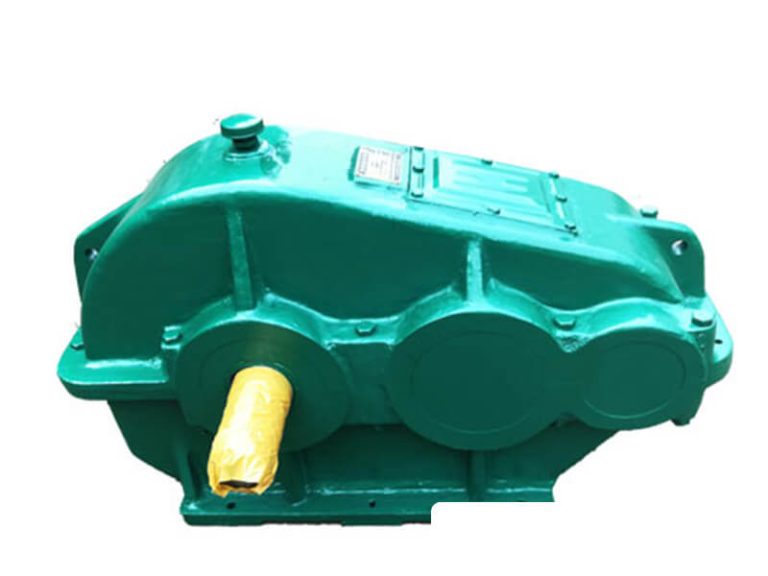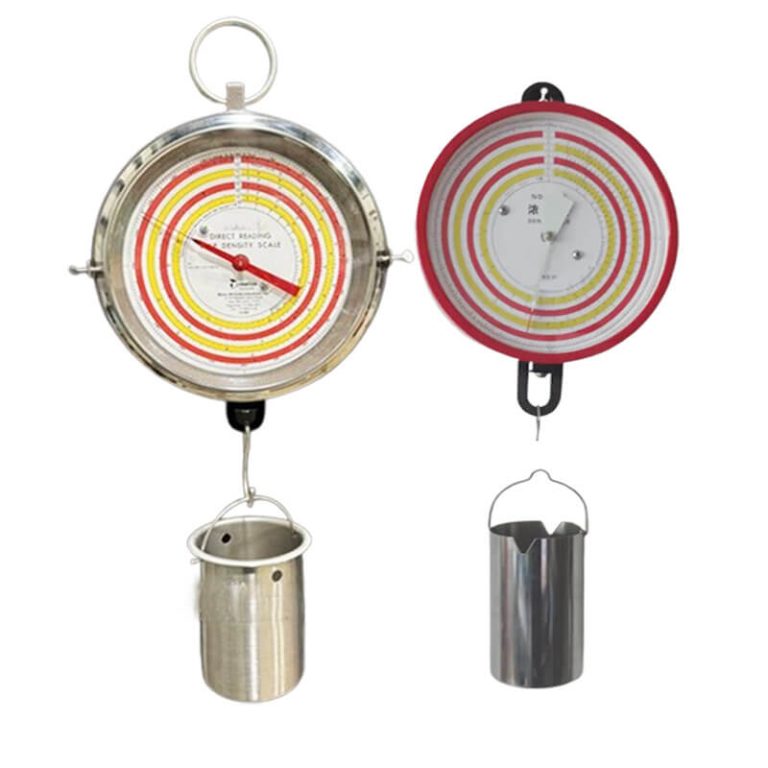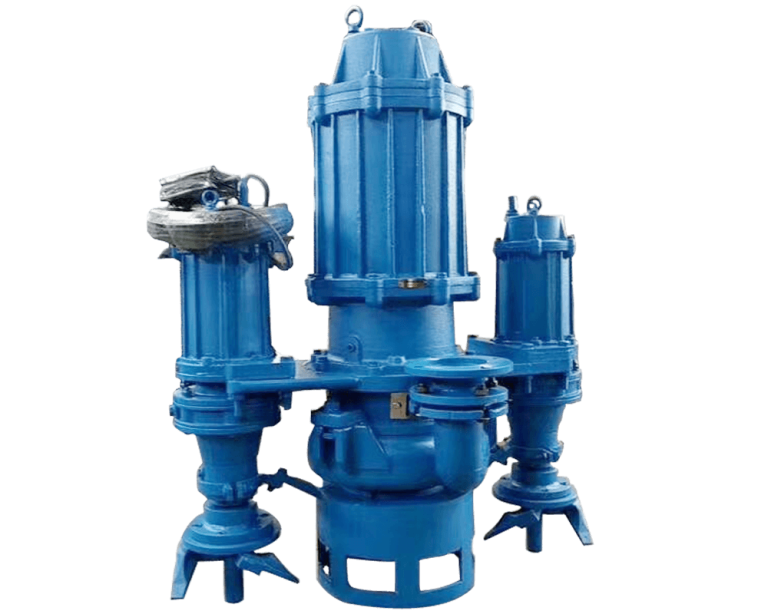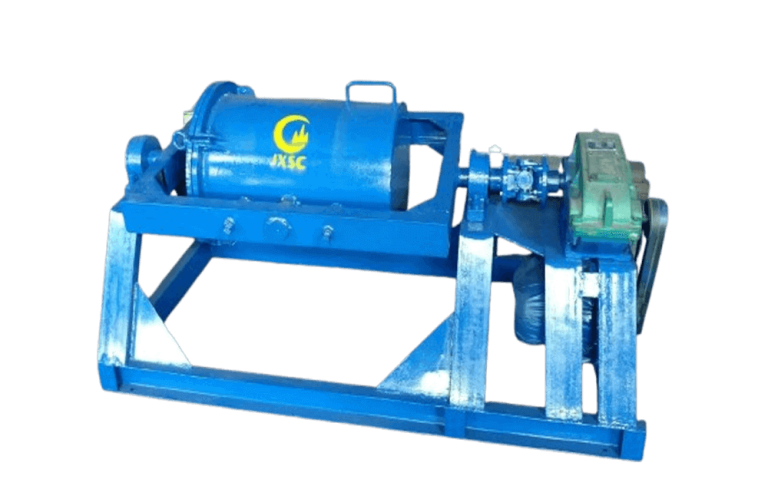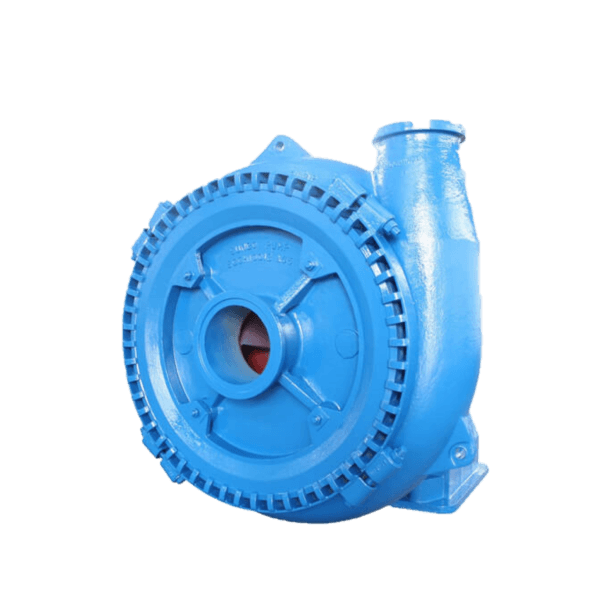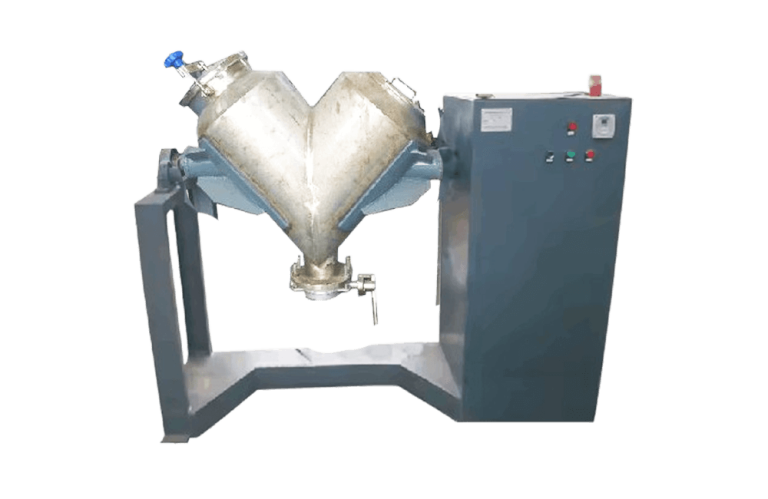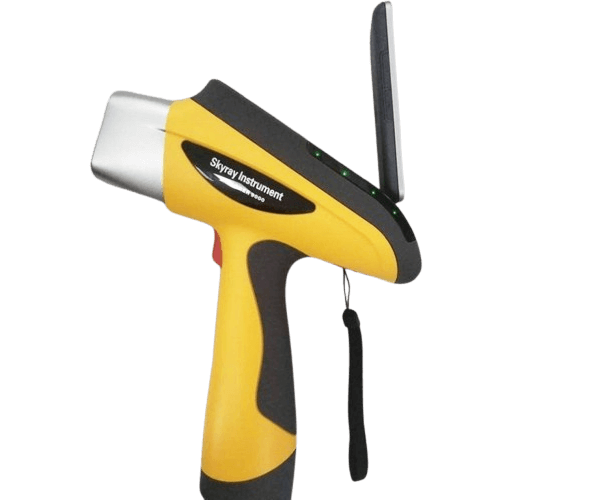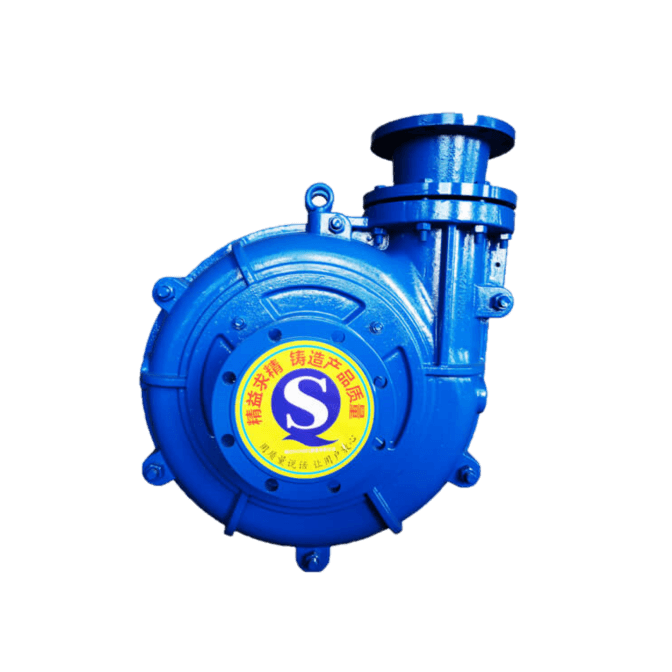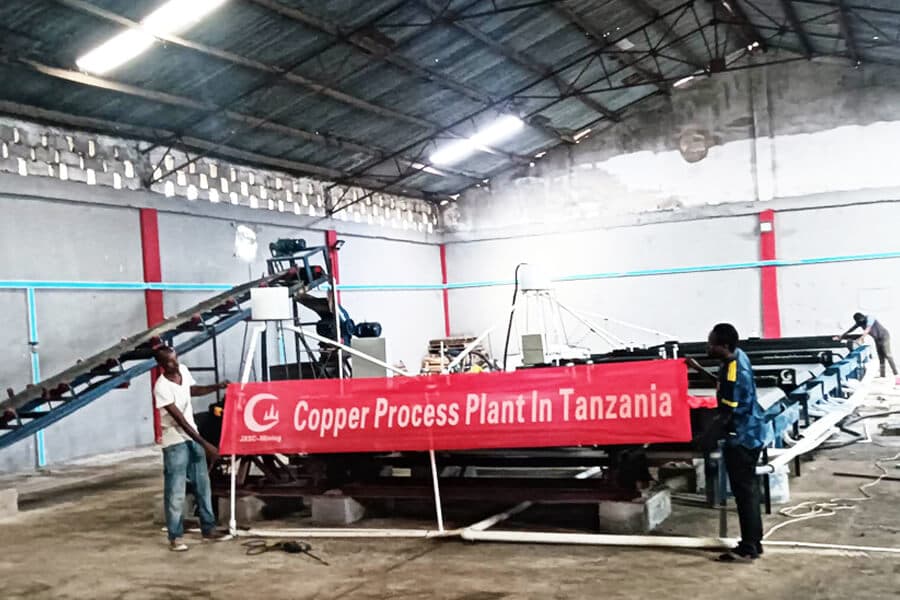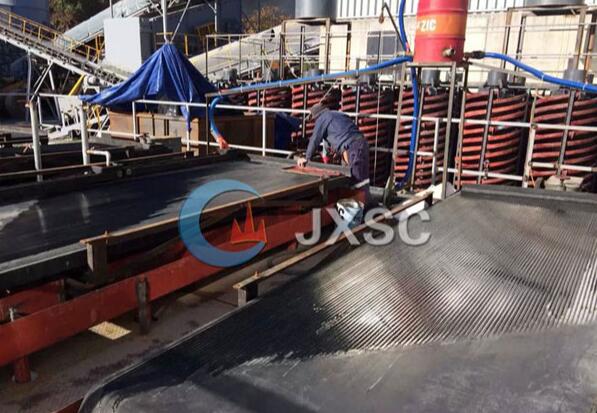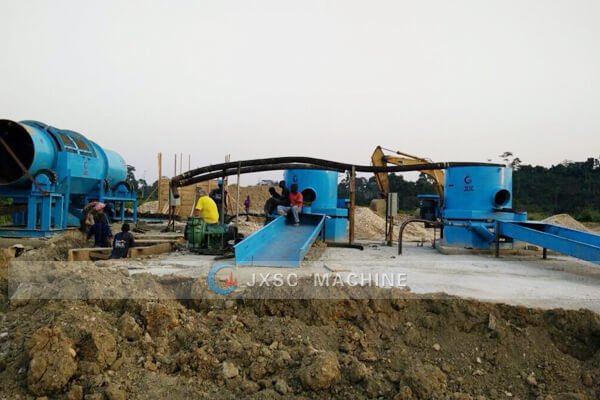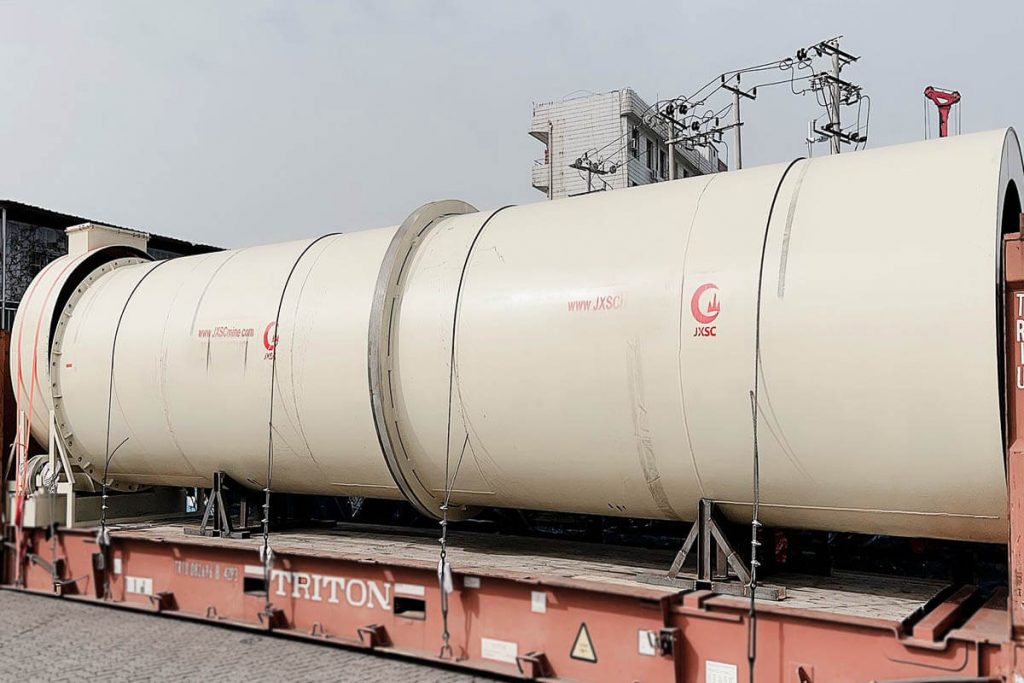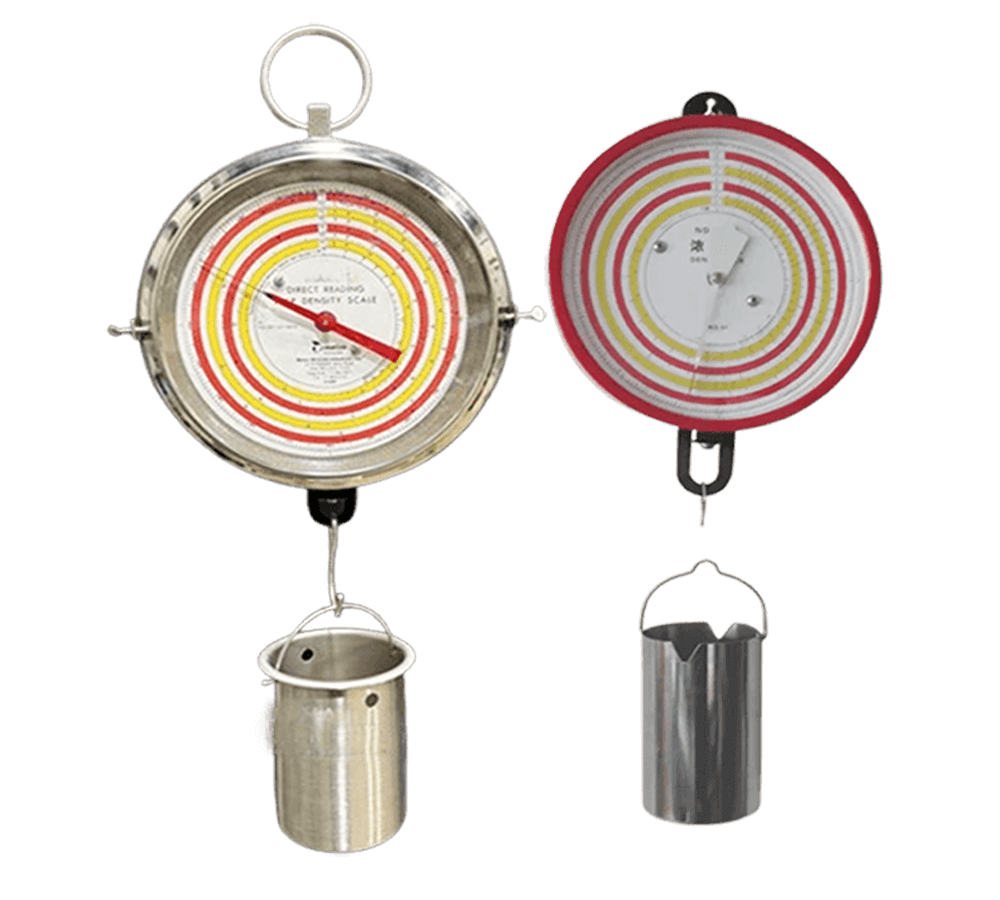
Pulp Density/Specific Gravity Meter
Pulp density/specific gravity meter is a professional instrument used to measure the density or specific gravity of solid particles in slurry, mud or other liquid mixtures. It is widely used in laboratories and ore dressing plants in mining, geology and metallurgy departments.
Applications:
- Measure pulp/slurry density: Determine the concentration of solid particles (e.g., minerals, ores, fibers) in a liquid suspension.
- Calculate solids content: Convert density readings to percent solids for process optimization.
- Ensure production consistency: Monitor real-time changes in mixture composition to adjust equipment parameters or chemical dosages.
Products display
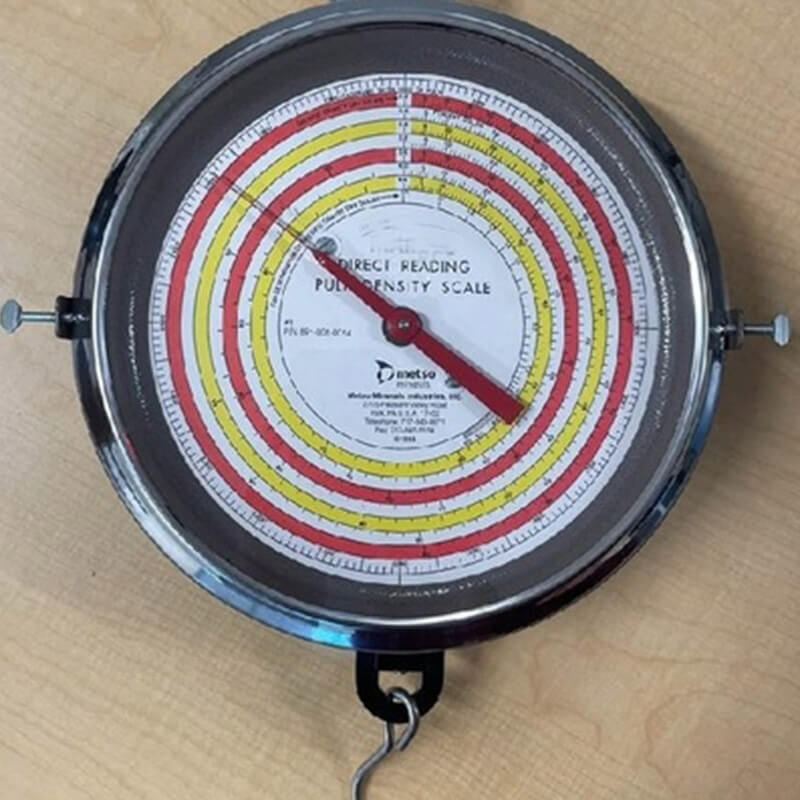
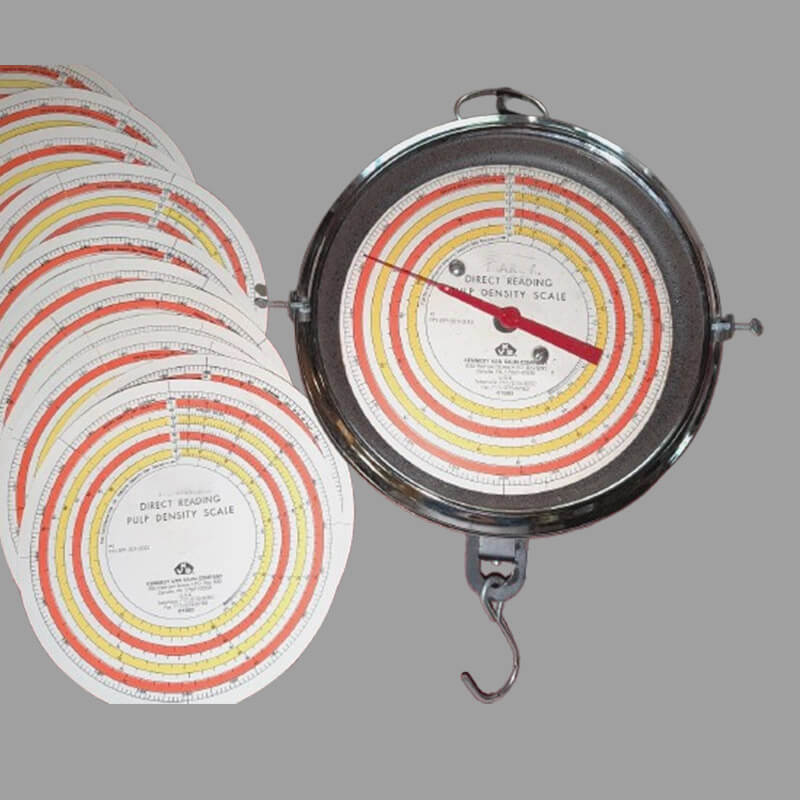
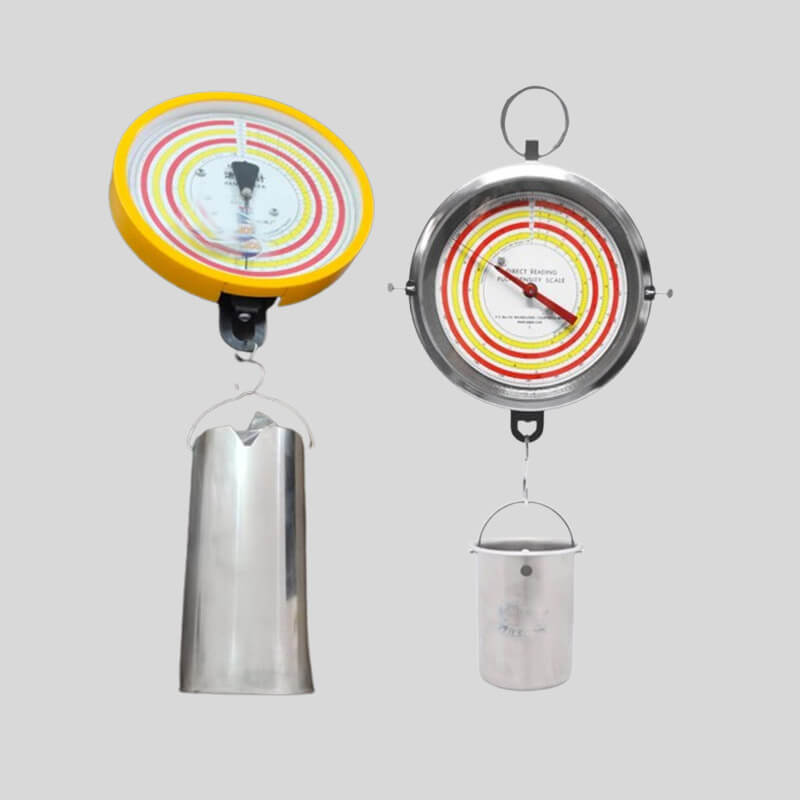
Introduction of Pulp Density/Specific Gravity Meter
Pulp density/specific gravity meter, also known as pulp density specific gravity scale, pulp density test instrument, slurry specific gravity scale, or specific gravity balance scale. It is used to quickly and accurately measure the density (specific gravity) and percentage solids content of pulp or slurry mixtures, making it particularly suitable for industrial and laboratory mining environments. Pulp density and specific gravity scales are used to read the metric weight of a sample directly; the specific gravity of a liquid or pulp; the specific gravity of dry solids, or the percentage solids. These highly sensitive and accurate scales are easy to operate and provide direct readings without the need for separate sample weighing. In the mining industry, these instruments can calculate density by measuring buoyancy, weight, or pressure differential, helping to optimize efficiency and cost control in mineral processing (grinding, flotation, and separation). Their high precision, high efficiency, and low cost make them highly cost-effective for small and medium-sized mines and laboratories.
Core Functions of Pulp Density Meter/Scale:
- Mining and Metallurgy: Widely used in mineral processing plants, laboratories, and geological exploration to monitor the concentration of solid particles (e.g., ores and minerals) in water-based slurries. For example, in flotation processes, measuring slurry density allows for dynamic adjustments to reagent dosage and flotation cell speed to ensure adequate contact between mineral particles and reagents, thereby improving metal recovery. This data helps optimize mineral processing results.
- Quality Control: Determines the solid-to-liquid ratio in pulp to ensure consistency across production lines. For example, chemical dosage or equipment settings can be adjusted based on real-time density readings.
- Calibration and Testing: Equipped with precision weighing devices and interchangeable dials, these meters accommodate the dry solids density of different materials. In laboratories, for example, they are often used to calibrate standard slurry samples, providing baseline data for new process development. In geological exploration, measuring the density characteristics of different mineral veins and ores can aid in determining mineral composition and reserves.
Principle and structure of Pulp Density/Specific Gravity Meter
Working principle
- Hang the slurry density scale in a suitable location. Fill the graduated cylinder with clean water so that the pointer points directly above the 1 kg mark.
- The half-head adjustment screw on the weighing hook can be used to adjust the pointer deviation to ensure that the pointer accurately points to the 1 kg mark.
- Remove the graduated cylinder, discard the clean water, and then fill the cylinder with 1 kg of processed dry ore. Fill the graduated cylinder with clean water until water flows out of the overflow port.
- Hang the graduated cylinder filled with water and dry ore on the hook. The pointer will point to the position corresponding to the innermost specific gravity scale line on the dial. This is the dry ore specific gravity of the mineral.
- Once the dry ore specific gravity of the slurry is determined, replace the dial with the appropriate specific gravity for the mineral in the mining area and readjust the pointer to 1 kg.
- Use a 1 liter sample in the graduated cylinder and hang it on the weighing hook. The position where the pointer points at this point is the concentration value on the dry ore specific gravity scale, which is the percentage concentration of the slurry. The outermost circle of the concentration meter’s scale indicates weight values ranging from 1 to 3 kg.
- During use, it is recommended to hang the concentration meter close to your work area and calibrate it regularly to avoid frequent movement, which can affect accuracy and prevent measurement errors.
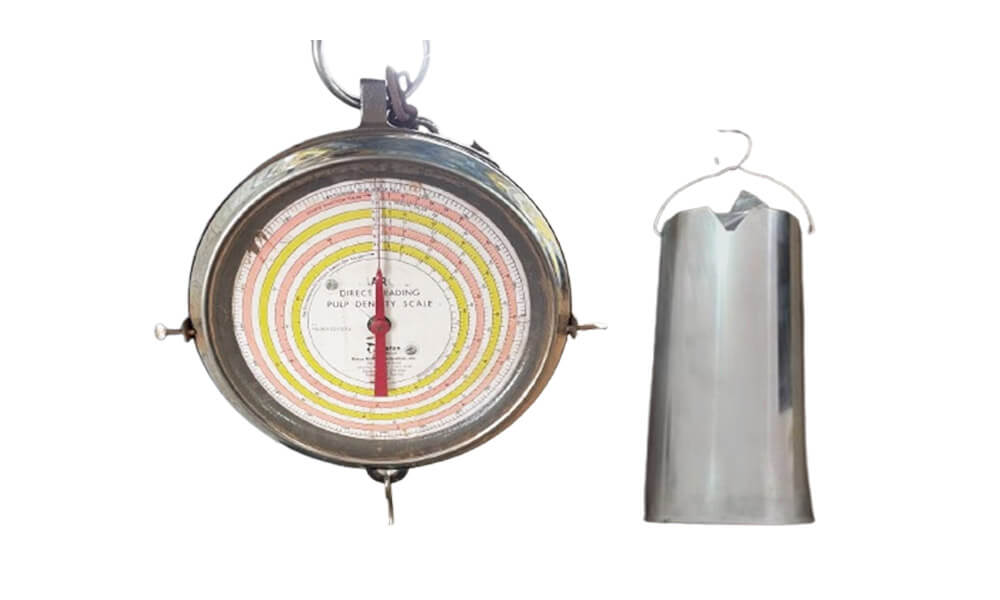
Structural characteristics
- Weighing System: High-precision scale (capacity: 1-3 kg) with tare function for zeroing the container weight.
- Settler Assembly: A stainless steel cylinder of fixed volume for immersing the sample.
- Calibration Dial: Interchangeable dials accommodate ores with varying dry solids gravities.
- Display/Readout: Analog (mechanical dial) or digital (LCD screen) display of specific gravity and percent solids.
why choose JXSC Pulp Density/Specific Gravity Meter
features & Advantages Of Pulp Density Meter/Scale
√ Efficient and Accurate: Replaces traditional manual measurement (such as oven-drying weighing), achieving an accuracy of ±0.01 specific gravity, meeting stringent process requirements.
√ Fast Results: Provides readings in seconds, enabling real-time process adjustments.
√ High-quality finished product: The output material has a uniform particle size and low over-crushing rate, making it suitable for high-quality aggregate production.
√ Easy to Carry: Handheld models are suitable for field or mobile testing.
√Low Maintenance: No moving parts reduce failure rates.
√ Durable Housing: Made of corrosion-resistant stainless steel, suitable for harsh industrial environments.
√ User-Friendly: Simple operation, eliminating the need for complex training.
√ Versatile: Compatible with a variety of slurries (ore, coal, pulp), and customizable to meet specific solids densities.
√ Wide Application: Capable of both precise laboratory measurements and harsh field environments, it offers the best value for money in the mining and industrial testing sectors.
models & specifications
Weighing Scale | 1-3kg |
Concentration Scale | 0-86% |
Calibration error of the weight scale | ± 10g |
Specific Gravity Scale | 0-9 |
Dimensions | Ø222x55mm |
Weight | 2.5Kg |
Contact Us Now
Ask us about mineral processing configuration and equipment quote! (No job, No investment)
Notice:
- We only provide mineral processing equipment and solutions; not buy and sell minerals/ ores/ materials.
- We do not recruit, don’t offer jobs, and are not interested in investments or partnerships.
- We value your privacy and keep your information safe.
